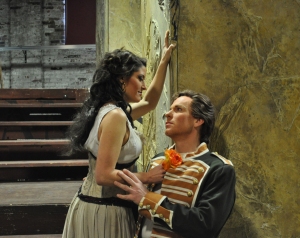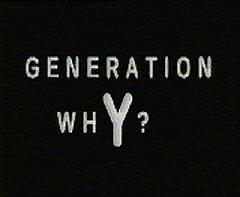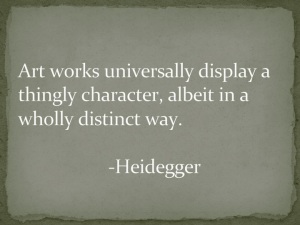A Question of Arts Survival?
The Muse Dialogue continues our series on the impact of changing generations on the arts. In this article we ask the question of whether these shifts may imperil certain art forms, and asks the question: Even if Millenials do support the arts, does that mean that they will continue to support all art forms?
Andrew Swensen writes, “The matter for me is not just about “arts marketing.” No, this is a question of the survival of art forms in the face of demographic shifts and concurrent shifts in participation. I do not necessarily ascribe to some notion of arts Darwinism – that some things perish as part of the natural order of things. Yet the truth is that there are indeed some art forms that have largely passed away. Yes, I can’t remember the last time I saw someone working on a fresco.”
Click here to read our latest article from The Muse Dialogue, “A Question of Arts Survival?”














